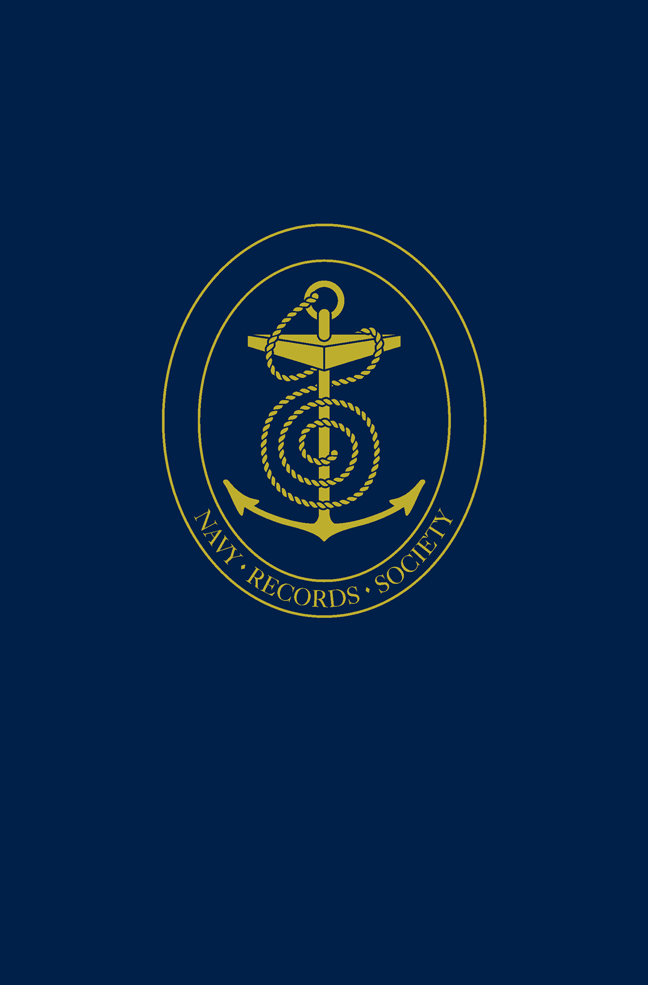1 - The Scottish War and other Operations
Published online by Cambridge University Press: 05 March 2024
Summary
Although Henry VIII had created a department of state to run the navy, the records of that body do not survive cohesively before the following century. For the sixteenth century there is no distinct archive of naval records, save that of the High Court of Admiralty. The general workings of the naval administration are spread among various classes of the Public Records, principally the State Papers (the files of the Principal Secretaries, through whom all government correspondence was channelled) and the accounts of the Exchequer. These official records are supplemented from other public collections and material in private hands.
For the first two years of Edward VI's reign the predominant naval concern was the war in Scotland. For this the evidence of the State Papers is plentiful and varied, though somewhat disjointed; we have formal instructions drafted in London [I.2, 3, 8, 50–51], but otherwise the communication is all inbound. At this date the Secretaries did not regularly keep copies of out-letters, and none of relevance survives here. The other half of the correspondence is known only from details rehearsed in reply [e.g., I.20]. Most of the papers printed in this chapter are in the artificially created class of State Papers Scotland. Ample calendared summaries have long been available, but by going back to the original documents and selecting those passages which particularly concern the navy, that aspect of the war can be seen in sharper focus. The manuscript evidence is interwoven with brief extracts from the contemporary printed account of the Pinkie campaign written by William Patten [I.11–16].
Somerset aimed to maintain English control over Scotland from a string of garrisons across the Lowlands. This proved over ambitious and a severe drain on resources, not least because it required a continuing deployment of warships. The acquisition of Broughty Craig, on the Tay estuary some way north of the main theatre, caused special problems which are well illustrated below. In the most difficult conditions a new fort had to be constructed, with sailors seconded to the effort [I.40]. The high command wanted more great ships, not only because of their ability to ride out the winter gales, but because their boats made better landing craft [I.17, 28, 36]. Damaged ships had to be sent back to Newcastle for repair, if not to Hull or London [I.39–41]. There is insight into the performance of galleys.
- Type
- Chapter
- Information
- The Navy of Edward VI and Mary I , pp. 11 - 104Publisher: Boydell & BrewerFirst published in: 2024



